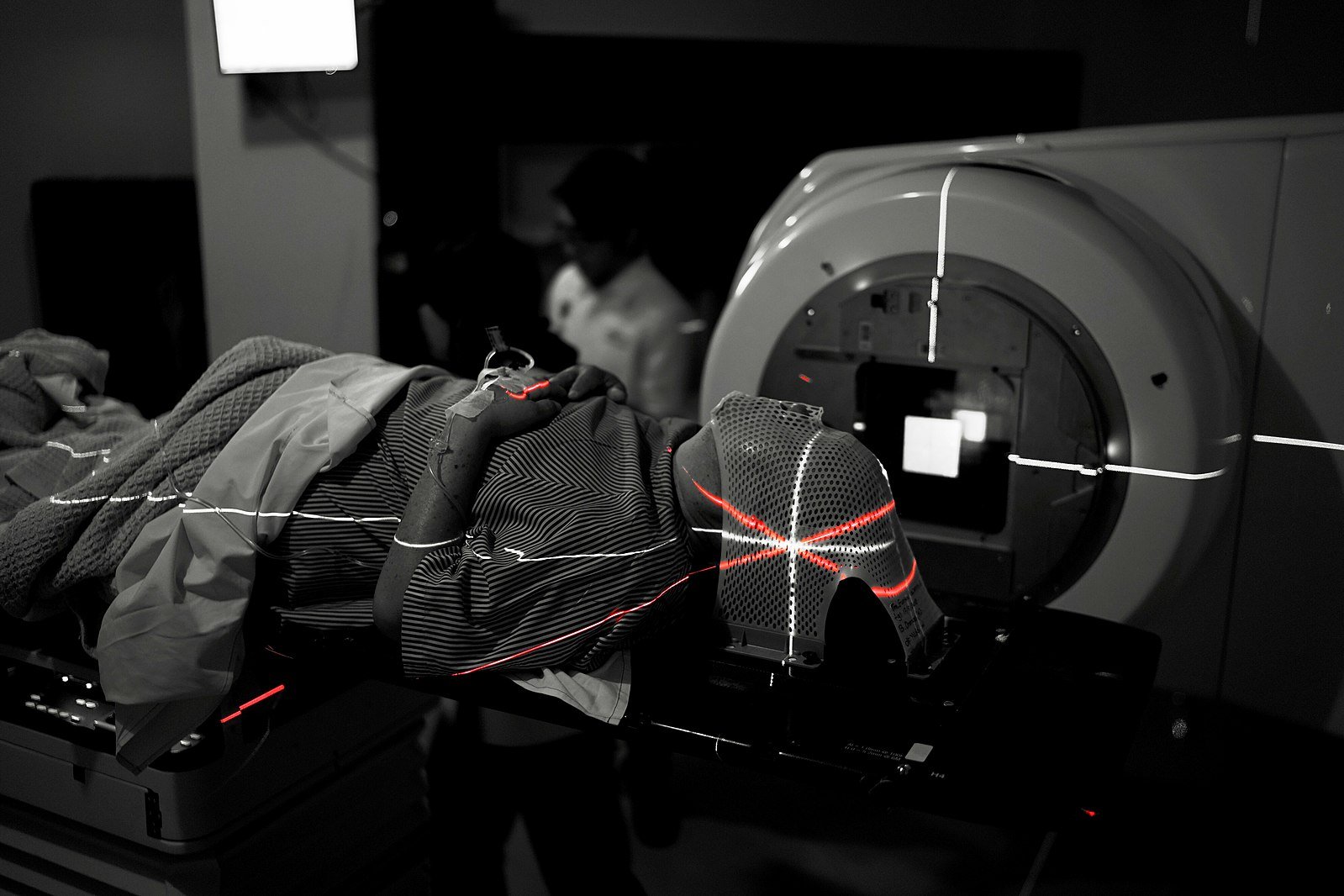Shane O’Hanlon is a Consultant Geriatrician at St Vincent’s University Hospital, Dublin and Associate Clinical Professor at University College Dublin. Anthea Cree is Clinical Research Fellow at the Christie NHS Foundation Trust in Manchester. Anita O’Donovan is Assistant Professor at the Department of Radiation Therapy, Trinity College Dublin.
“Radiotherapy can cure cancer?” was the surprised exclamation in response to our joint presentation at a study day for trainees in geriatric medicine.
Yes indeed it can in some localised cancers! Often seemingly thought of as the poorer sister of chemotherapy, radiotherapy is coming into its own. Geriatricians may regard it as a softer option for those who are not likely to tolerate chemotherapy, but this is not exactly right. While it sometimes has a role in this situation, radiotherapy techniques and indications have evolved a lot in recent years, which prompted us to write a New Horizons article for Age and Ageing.
Around half of patients with cancer would benefit from radiotherapy, but many of those eligible are not treated. There is a lot of geographic variation and many studies have shown that increased travel distance from radiotherapy facility is strongly associated with decreased use of radiotherapy by patients. There are misperceptions about how effective it is, how it is done, and its side effects, that seem to contribute to under-utilisation.
In fact, radiotherapy is extremely well tolerated even in the oldest adults, with acceptable toxicity and an 85% completion rate in nonagenarians. Improvements in radiotherapy have led to a reduction in dose to the normal tissues and therefore fewer side effects. With improved image guidance and better patient selection, radiotherapy volumes have also been reduced in a number of different tumour sites. Stereotactic radiotherapy, also known as SABR (stereotactic ablative body radiotherapy) is very high radiotherapy dose accurately delivered to a small area in a small number of sessions. It is very effective in treating small areas of disease such as early stage lung cancer and brain metastases.
Another approach is hypofractionation - the use of slightly higher doses of radiation in each fraction of treatment, whilst reducing the total number of treatments. This has been shown to be possible in both breast and prostate cancer. For example, it is possible to reduce the length of treatment for patients with prostate cancer from 7 ½ to 4 weeks, without reducing efficacy or increasing side effects.
Other developments include proton treatment, which leads to a different radiotherapy dose distribution, with a sharp cut off rather than a gradual fall off in dose; and MR linac, combining MR scanning with radiotherapy, which is useful for increasing doses to cancers in the abdomen, such as pancreatic cancer, that are difficult to visualise on standard machines.
In the article, we review practical issues in delivering radiotherapy for older patients and provide recommendations for people with dementia undergoing radiotherapy. We also examine the use of CGA in the radiotherapy setting.
We call for better patient selection and support during treatment – and we certainly need more geriatricians working in geriatric oncology! Increased cooperation between oncologists, general practitioners and geriatricians should help to improve outcomes for older patients. Joint educational initiatives such as the SIOG Advanced Course in Geriatric Oncology can help.
If you haven’t had a recent update on how radiotherapy can help older people, you are very welcome to check out our article and give us your feedback. Please consider joining the BGS Geriatric Oncology Special Interest Group, to get involved and for information about up-coming events. We are also currently looking for trainee reps from both oncology and geriatrics, please contact the BGS Scientific Officer for more information ScientificOfficer@bgs.org.uk
Let’s make sure we all advocate for our older patients with cancer!
